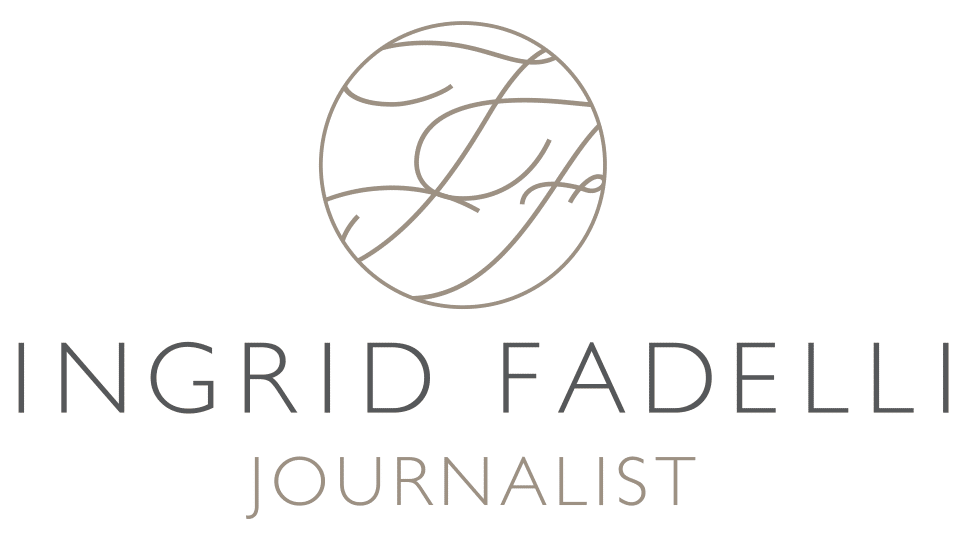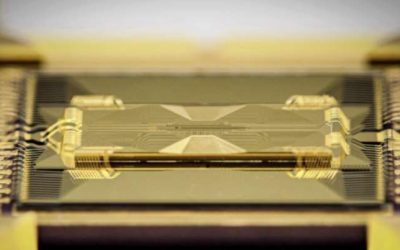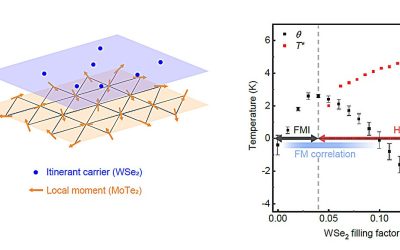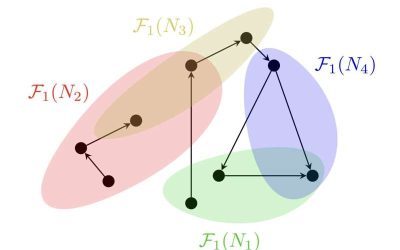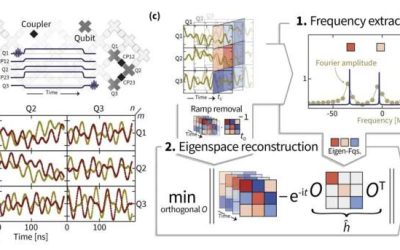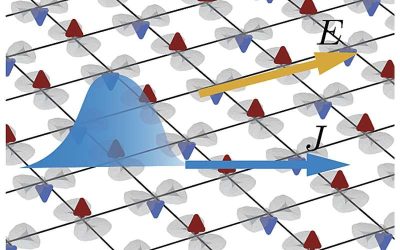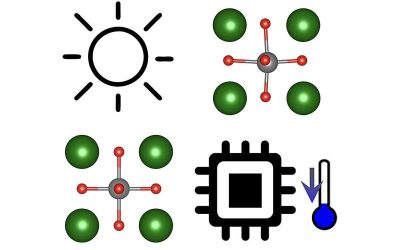Recent experiments at CERN have shed new light on the nuclear properties of atomic nuclei (i.e., the central regions of atoms accounting for most of their mass). A key objective of recent research into atomic nuclei has been to better understand the properties of...
Physics
Study observes a phase transition in magic of a quantum system with random circuits
In the context of quantum mechanics and information, "magic" is a key property of quantum states that describes the extent to which they deviate from so-called stabilizer states. Stabilizer states are a class of states that can be effectively simulated on classical...
New fabrication strategy enhances graphene aerogel sensitivity and durability for human-machine interfaces
In recent years, researchers have synthesized various new materials that could be used to develop more advanced robotic systems, devices and human-machine interfaces. These materials include graphene aerogels, ultralight, porous and graphene-based materials comprised...
Physicists report emergence of ferromagnetism at onset of Kondo breakdown in moiré bilayer lattices
Moiré superlattices are materials consisting of two layers stacked on top of each other with either a small rotational misalignment or a lattice mismatch between them. The Kondo lattice model, on the other hand, describes systems in which conduction electrons interact...
New theoretical framework sets limits for the realization of quantum processes in spacetime
Bell's theorem, the well-known theoretical framework introduced by John Bell decades ago, delineates the limits of classical physical processes arising from relativistic causality principles. These are principles rooted in Einstein's theory of relativity, which...
Study explores the physical origin of errors in a spin qubit processor
To achieve remarkable performances, quantum computing systems based on multiple qubits must attain high-fidelity entanglement between their underlying qubits. Past studies have shown that solid-state quantum platforms—quantum computing systems based on solid...
Novel protocols for estimating Hamiltonian parameters of a superconducting quantum processor could improve precision
Researchers at Freie Universität Berlin, University of Maryland and NIST, Google AI, and Abu Dhabi set out to robustly estimate the free Hamiltonian parameters of bosonic excitations in a superconducting quantum simulator. The protocols they developed, outlined...
Physicists reveal nonlinear transport induced by quantum geometry in planar altermagnets
In recent years, many physicists and materials scientists have been studying a newly uncovered class of magnetic materials known as altermagnets. These materials exhibit a unique type of magnetism that differs from both conventional ferromagnetism and...
Theoretical study demonstrates existence of giant photocaloric effects in ferroelectric perovskites
Solid-state cooling is a promising alternative cooling technique that does not rely on the use of gases or liquids, like conventional refrigeration systems, but instead utilizes the properties of solid materials to refrigerate. This alternative cooling approach could...
Detecting Planck-scale dark matter by leveraging quantum interference
While various studies have hinted at the existence of dark matter, its nature, composition and underlying physics remain poorly understood.
